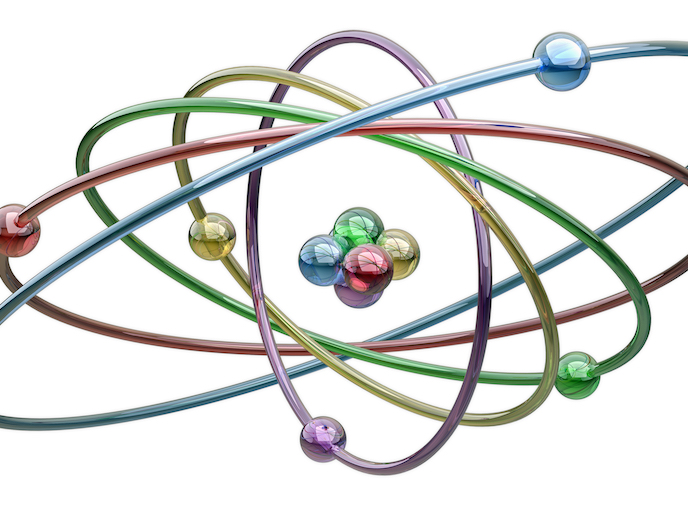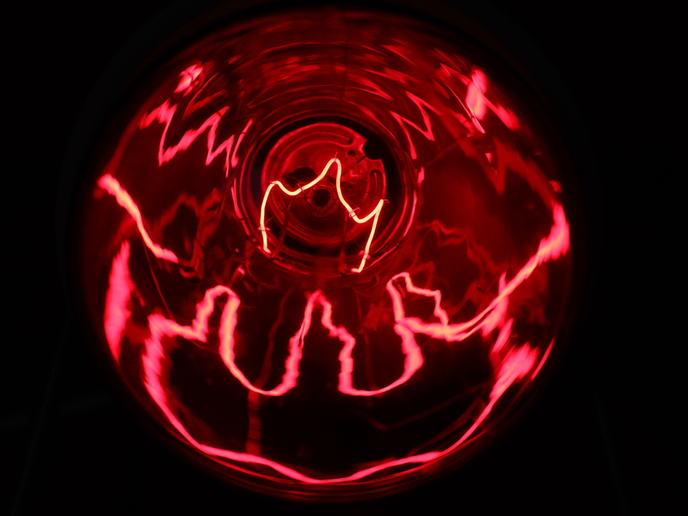When chemicals skip to our tune
Dr Matthias Kübel from Ludwig-Maximilians University in Munich has made important advances in using lasers for research into chemical reactions during EU project ATTOCHEM. Supported by the Marie Curie programme, Dr Kübel spent two years at the National Research Council in Ottawa, Canada, researching electrons and nuclei at work during photochemical reactions – reactions triggered by light absorption. He also explored ways to manipulate molecules. Dr Kübel believes his research helps in the quest for a better understanding of the movement of electrons during photochemical reactions such as photosynthesis in plants, damage to DNA and the process of vision in the human eye. A better understanding could contribute to being able to control those chemical reactions and therefore to breakthroughs in inhibiting DNA damage that can lead to cancer or developing new green energy sources. “One can think of a biomolecule as a little machine that fulfils a certain task,” he explains. “The machines are switched on when one (or several) of its electrons is excited. This leads to electron motion, a current within the molecule. “So far, we have been able to visualise the structure of our little machines but the opportunities to actually see how they work have been scarce.” At the NRC laboratory, Dr Kübel developed a method to see those little machines at work and to image the electron and nuclear dynamics underlying fast chemical reactions. This is quite a feat since the electrons move fast – typically in femto or even attoseconds (0.000000000000000001 seconds). An attosecond relates to a second as a second does to the age of the universe. In his work, Dr Kübel developed a new type of streak camera, allowing attosecond measurements of electron motion in strong laser fields. He called this method, the STIER technique. The shortest timescales in nature A conventional streak camera contains a pair of plates onto which a rapidly changing voltage is applied. The varying voltage is used to spread out a time-dependent signal onto a position sensitive detector, mapping time to space. But for Dr Kübel’s purposes it wasn’t fast enough. He replaced the changing voltage with an infrared laser field. “The electric field varies in a well-controlled manner more than 1 000 times faster than what can be achieved with conventional electronics,” he says. That allowed him to map the time-dependence of strong-field ionisation onto the final velocity of photoelectrons. He then measured them with a photoelectron spectrometer for the attosecond measurements. As well as observing molecules in motion, ATTOCHEM proved the STIER technique could be a way to transiently modify how a molecule is held together. “We can manipulate for which geometries a molecule splits apart and for which it doesn’t,” says Dr Kübel. “We did this for the very simple molecule hydrogen and the results are quite striking and very different from what has been observed before.” He also extended his method to selectively split bonds in the gas acetylene. Dr Kübel is excited about continuing his research back in Germany on more complex molecules: “Developing new chemicals and revealing new reaction pathways by applying laser light is the dream of coherent control.”







